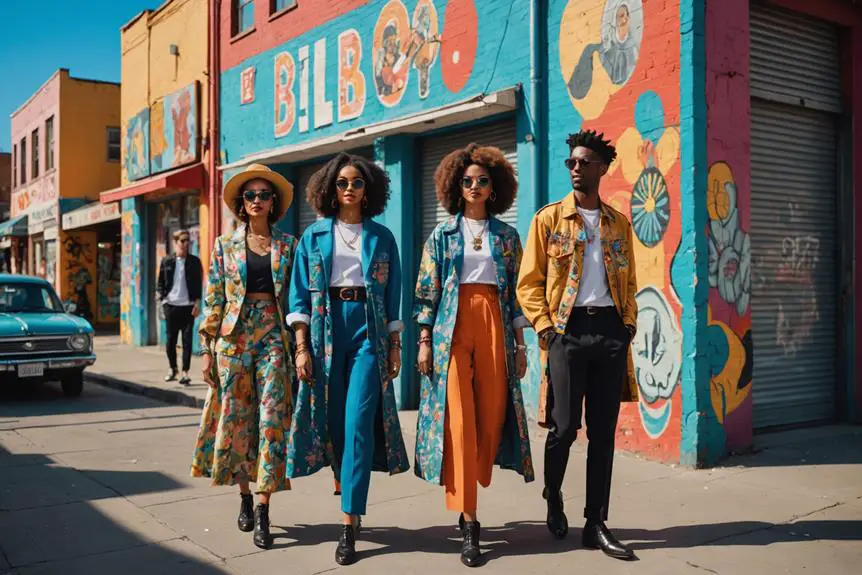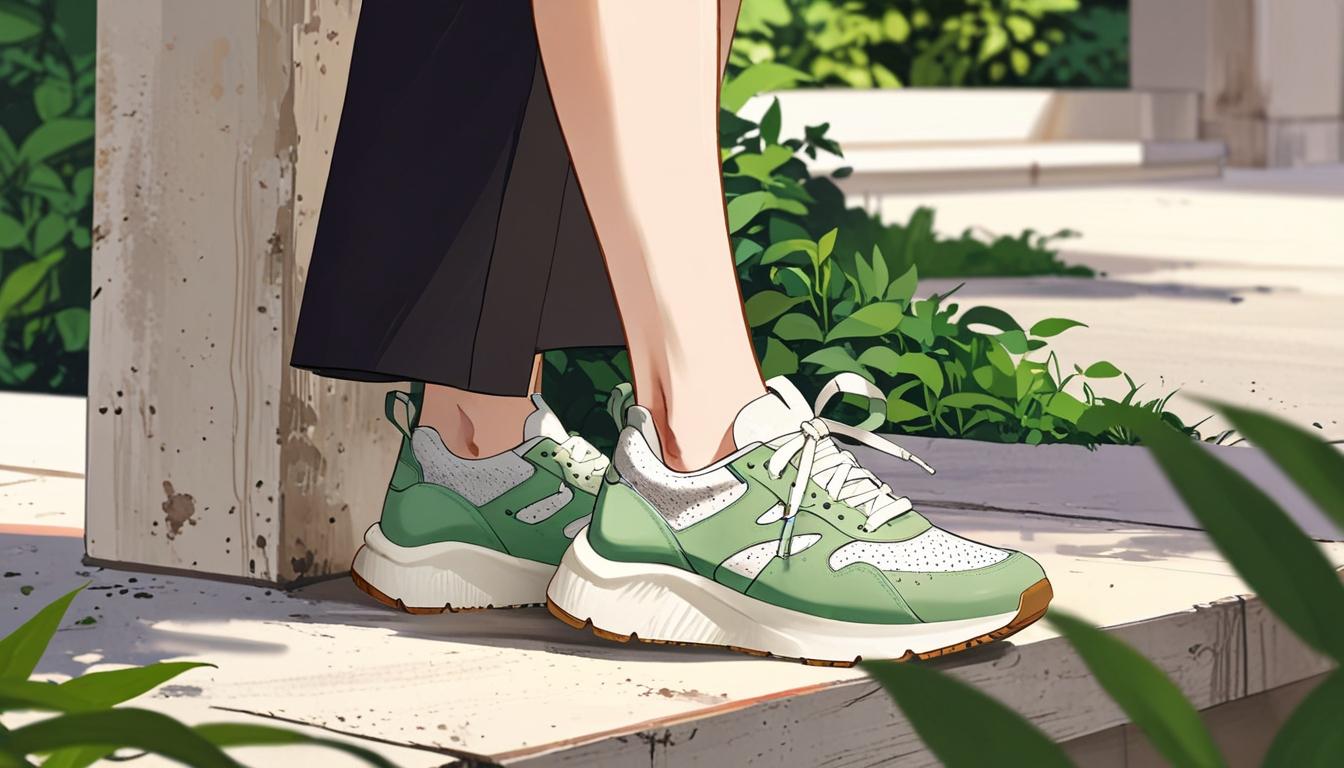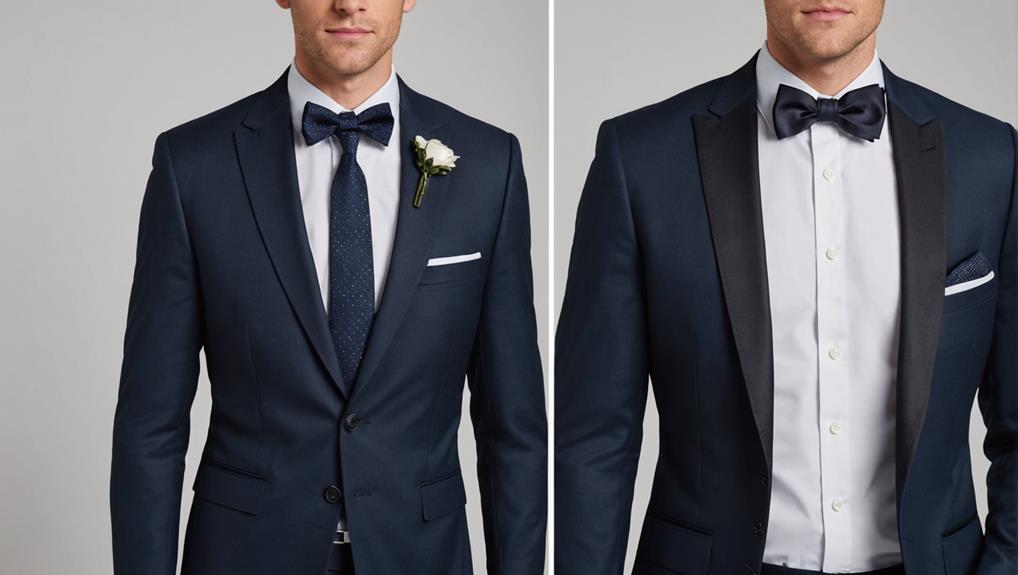Did you know that over 80% of women in the 1950s wore dresses as their primary attire? This statistic highlights the era's focus on femininity, marked by cinched waists and full skirts. As you explore this decade, you'll encounter a fascinating blend of elegance and rebellion, where cultural shifts influenced styles for both men and women. But what were the key factors that shaped these trends, and how do they continue to resonate in today's fashion landscape?
Key Trends of the 1950s
When you think about the 1950s, you can't overlook the key trends that defined the decade's fashion landscape. This was a time when feminine silhouettes took center stage, with women rocking hourglass figures thanks to cinched waists and full skirts. Can you imagine swishing around in a petticoat? It was all about looking polished and put-together!
On the flip side, men embraced the Ivy League look, sporting tailored suits, button-down shirts, and loafers. It was a style that screamed sophistication and confidence, perfect for impressing at school or any social gathering. Talk about dapper!
But the '50s weren't just about looking sharp; they were also influenced by the rise of youth culture. Teenagers were ready to break free from the norm, adopting denim jeans and leather jackets as their signature outfits. It was rebellion with style! And let's not forget the vibrant colors and bold patterns that took over—polka dots and gingham were everywhere, making fashion fun and eye-catching.
Accessories played a significant role too. Women donned cat-eye glasses while men topped off their looks with stylish fedoras. These little details made a big difference in pulling outfits together. So, whether you were channeling your inner greaser or dancing at a sock hop, the 1950s was all about expressing yourself through fashion. Isn't it exciting to think about how these trends shaped the way we dress today?
Iconic Fashion Figures
The 1950s laid the groundwork for many iconic fashion figures who would shape the industry in the decades to come. Have you ever heard of Coco Chanel? She truly revolutionized women's clothing by introducing casual elegance and that classic little black dress. This timeless piece remains a staple in modern wardrobes today. You can't help but admire how such a simple design can be so versatile! This era also paved the way for brands like Versace, which later emerged with a focus on bold and vibrant aesthetics that empowered women through fashion, reflecting contemporary social issues and trends like Versace's cultural footprint.
Then there's Yves Saint Laurent, who popularized the tuxedo jacket for women in the 1960s. Talk about challenging gender norms! He empowered women to embrace menswear styles, giving them confidence and style. That's a bold move, right?
Audrey Hepburn is another name that pops up when you think of iconic fashion. Remember her in "Breakfast at Tiffany's"? That Givenchy black dress is legendary. Hepburn's timeless style continues to inspire fashion lovers everywhere.
Karl Lagerfeld, the creative genius behind Chanel from 1983 until his passing in 2019, blended the brand's classic heritage with modern aesthetics. He kept Chanel relevant, which is no small feat in the ever-changing world of S fashions!
Let's not forget Naomi Campbell, who broke barriers as one of the first black supermodels. She made history on runways and in campaigns during the late '80s and '90s. These iconic figures didn't just set trends; they changed the game! So, who's your favorite fashion icon?
Influential Styles and Fabrics
Fashion has evolved considerably, bringing influential styles and fabrics to the forefront of contemporary wardrobes. You'll notice that layering techniques are super popular this season. They not only keep you warm but also add a fun twist to your outfits. Think about pairing a cozy cashmere sweater with a chic ponte dress or some luxe knits. This combination not only showcases your fabric selection but also lets you play with textures and colors. Vintage cashmere, with its unique textures and patterns, can add an extra layer of charm to your ensemble, especially when tailored for that perfect fit. Understanding the proper care for these pieces is essential to maintain their quality and longevity; how to care for cashmere is a great resource for this.
Speaking of colors, fall is the perfect time to embrace rich, seasonal hues. The standout piece, like the Velvet Fillmore Cashmere Sweater priced at C$515.00, is a great way to make a statement. You can mix and match it with various outfits, boosting your seasonal versatility. And let's not forget the accessories! Bags made from luxurious materials, like the Brave Ana Leather Bags, can easily elevate your look.
Brands like Eileen Fisher and Zadig&Voltaire are leading the charge with their innovative designs, focusing on sustainability while keeping things edgy. Who wouldn't want to look good and feel good about their choices? So, next time you're putting together an outfit, remember that layering isn't just a trend; it's a style statement. Choose fabrics that resonate with you and let your personal style shine through. After all, fashion is all about expressing who you are, don't you think?
Impact on Modern Fashion
S Fashion has left a significant mark on modern wardrobes, reshaping how we view style and consumption. Today, you can't scroll through social media without seeing trends that make you rethink your closet choices. It's pretty exciting, right? The rise of vintage clothing's popularity has played an essential role in this transformation, offering unique pieces that tell a story and promote sustainability. Here's how S Fashion is making waves:
- Sustainable Practices: More brands are jumping on the eco-friendly bandwagon. They're using recycled materials and ethical sourcing, so you can feel good about what you wear.
- Influencer Marketing: Social media influencers are changing the game. They've got the power to dictate trends in an instant, and their recommendations can make or break a brand. It's like having a fashion fairy godparent!
- Diversity Initiatives: There's a growing push for more sizes and styles. Brands are finally realizing that fashion should be for everyone, not just a select few. This means more choices for you and your unique style.
With these trends, it's clear that modern fashion is about more than just looking good. It's about making smart choices. So, next time you think about revitalizing your wardrobe, consider those sustainable options. You'll not only look fabulous, but you'll also be supporting a movement that cares about people and the planet. Isn't that a win-win? Let's embrace these changes and celebrate a fashion world that's inclusive, responsible, and totally on trend!
Cultural Significance of 50s Fashion
Emerging from the shadows of post-war recovery, 50s fashion defined a cultural landscape that celebrated femininity and elegance. You could say it was a time when women strutted their stuff in fitted dresses and full skirts, all while men sported that cool "Teddy Boy" look. This era wasn't just about clothes; it was a reflection of changing gender roles and the rise of consumer behavior that shaped society.
Take a look at the table below to see how 50s fashion mixed glamour with rebellion:
| Category | Women's Fashion | Men's Fashion |
|---|---|---|
| Iconic Style | Christian Dior's "New Look" | Teddy Boy style |
| Key Influencers | Audrey Hepburn, Marilyn Monroe | Elvis Presley |
| Cultural Impact | Celebrated traditional femininity | Youth rebellion |
| Consumer Behavior | Emulation of Hollywood stars | Shift to casual styles |
As you can see, Hollywood stars like Audrey and Marilyn turned fashion into a lifestyle. Their styles became the gold standard, sparking consumer behavior that led women to rush to stores. Meanwhile, men were getting into the youth rebellion vibe, trading in suits for velvet jackets and high-waisted trousers.
This era wasn't just a fashion statement; it marked a shift in society. The idealization of domesticity and the emergence of youth subcultures paved the way for future trends. So, next time you hear about 50s fashion, remember—it's about way more than just looking good!
Frequently Asked Questions
What Does SS Stand for in Fashion Show?
In fashion shows, "SS" stands for Spring/Summer. You'll notice trends analysis focusing on runway styles and innovative designer collaborations, showcasing vibrant colors and lighter fabrics, preparing you for the upcoming season's fashion dynamics.
What Is the SS Season in Fashion?
The SS season brings vibrant spring trends, showcasing seasonal colors like pastels and florals. You'll love the lightweight fabric choices that enhance comfort, making it perfect for outdoor activities and enjoying sunny days ahead.
Why Is Shein Called Fast Fashion?
You might think fast fashion's just about cheap clothes, but Shein's rapid trend cycles and data-driven approach shape consumer behavior. While sustainability concerns arise, its quick inventory turnover keeps you constantly engaged with fresh styles.
What Is Balenciaga Fashion?
Balenciaga's fashion blends innovation and history, showcasing striking designs that challenge norms. You'll appreciate their iconic collaborations and oversized silhouettes, which continue to influence trends and redefine style within the luxury fashion landscape.




